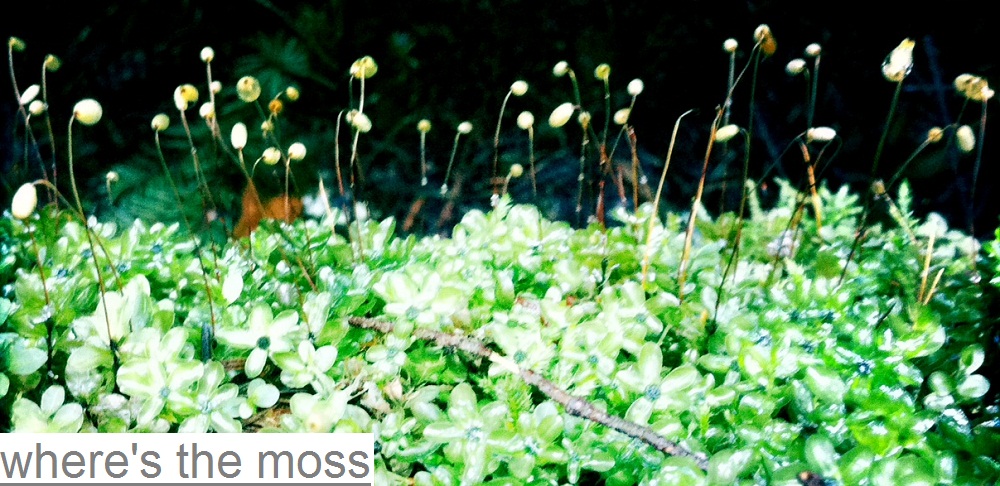I'm working a short autumn contract as a streamwalker, enumerating salmon populations in the little creeks around Gilford Island. Responsible for monitoring six main streams, I visit each one every week-or-two. Ahta, Shoal, Scott Cove, Embley, Gildford, Viner; these systems are often small, their chum, pink, coho, sockeye numbers revealed in a range of annual and seasonal fluctuations.
Shoal Harbour is just around the corner from the my home, the research station; we boat over to the estuary in less than five minutes. As with all of the streams we walk, we drift silently at the mouth of the river for twenty minutes while counting jumping salmon, throwing their bodies out of the water all around the boat, giving us a clue to the relative numbers hiding below the surface.
A few weeks ago we couldn't count fast enough, calling out numbers while coho, chum, and pink danced and splashed around us. I peered into the water, trying to make out their dark bodies, counting schools of thirty, no, eighty fish and spot a harbour seal just below the surface. Skimming below the waves, she is hunting and her sleek watery body is fat from the easy meals.
Yesterday the fish were splashing their way to the creek mouth -- we could see them sliding their bodies over the rocks, stepping up the ladder of fresh water, the coho silver-rose blush, giant chum-green-gold fire stripes, or pink freckled tails and white underbellies. We only see each one for a brief moment, tally, and continue scanning.
After our float, we tie the boat to an old dock trestle, it remembers the big logging operation that ran out of Shoal Harbour a few years ago. The roads here are still in fairly good condition, with the alder only beginning to take root along the centre of the old road, the salmonberry just thinking about sending out prickly trailing vines over the cleared areas.
We walk a ways down this old road and turn into the bush next to the creek. Climbing down into the forest, it becomes cooler, more shaded, and smells of bear and moss and decomposing salmon bodies. There are several pink and chum, gorbuscha and keta, bear-claw punctures on their sides, pulled into the deer fern and salal, they are becoming the forest, ocean nutrients feeding the huckleberry, the rubus spectabilis, the red cedar.
The water in this stream is a dark, reddish tea-colour. As with many systems on Gilford Island, high tannin content in the water, a result of decaying vegetation, stains it and increases the acidity levels. These pools of dark water make it difficult to count salmon, who will sometimes hide under logs, roots, or banksides, and lie still with only their gills and tails undulating in the current. Even in the pools with low water, we sometimes toss stones hoping to startle a fish, hoping to add another to the count.



